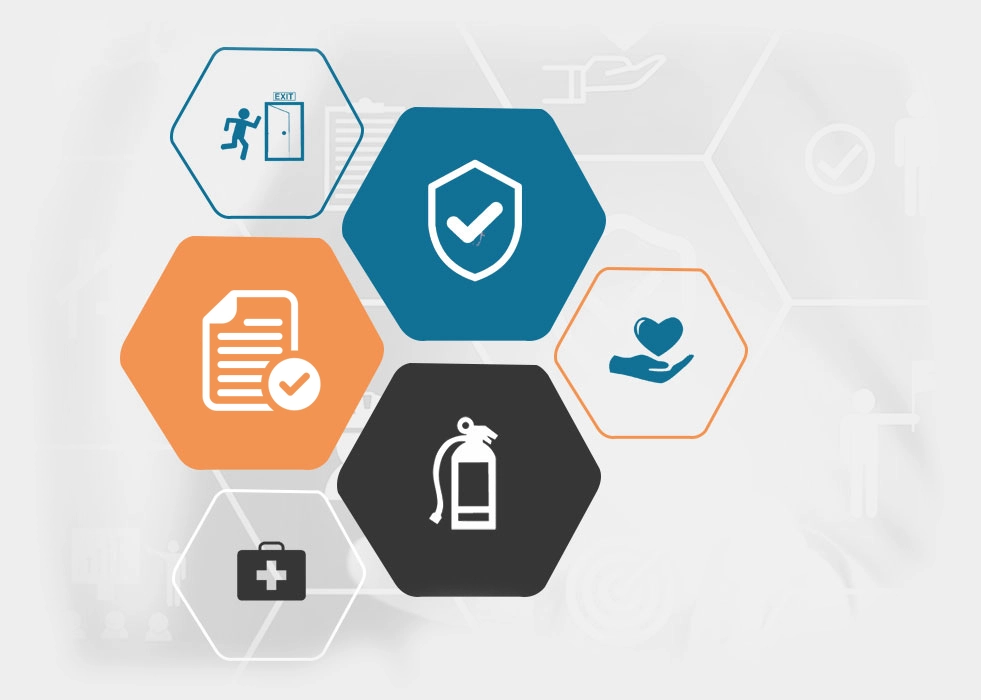
Identify and evaluate health and safety risks using structured tools and thinking.
Select and apply effective risk controls using the hierarchy of control.
Monitor and review risks dynamically to maintain relevance and control effectiveness
Manage compliance processes while keeping systems usable for frontline teams.
Evaluate H&S performance using metrics, audits, and feedback loops.
Recognise and categorise different types of workplace hazards.
Use practical tools to identify hazards during planning, task execution, and review.
Know when and how to escalate hazard concerns and implement controls.
Identify asbestos and where asbestos-containing materials are likely to be found.
Understand the health risks and legal duties relating to asbestos management.
Take the right steps if asbestos is suspected, including isolation and notification.
Identify where asbestos-containing materials are likely to be found.
Understand the health risks and legal duties relating to asbestos management.
Take the right steps if asbestos is suspected, including isolation and notification.
Understand due diligence duties under HSWA and how they apply to officers.
Evaluate whether safety systems are not just present, but effective in practice.
Implement oversight, verification, and resource allocation to fulfil governance obligations.
Define clear safety responsibilities across roles, from frontline to executive.
Align accountability, responsibility, and authority to eliminate safety grey zones.
Empower teams to take personal ownership by understanding what “safe” looks like in their role.
Identify what psychological safety looks like and why it underpins risk reporting.
Apply behaviours that foster trust, inclusion, and openness in high-risk environments.
Support a team culture where speaking up is encouraged and acted on.
Recognise the factors that impact team wellbeing at a practical and systems level.
Integrate wellbeing into daily leadership rhythms—not just one-off initiatives.
Support team energy, connection, and resilience through role design and communication.
Recognise early signs of mental distress in colleagues and yourself.
Understand the impact of work design on mental health.
Respond appropriately and support access to internal or external help.